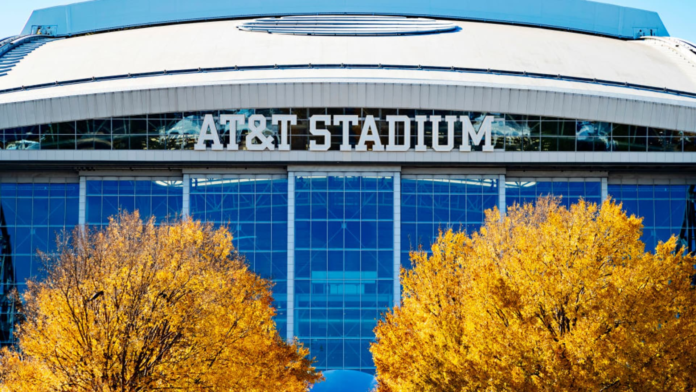Since 2000, public funds diverted to helping build professional sports stadiums and arenas have cost taxpayers $4.3 billion. While the NFL and team owners contend that building stadiums will provide economic growth for a city, economists and urban planners think otherwise.
The public would fund more than half of the stadium through a one-time contribution from the state of $500 million and $760 million through revenue bonds issued by Nashville’s Metropolitan Sports Authority.
In 2022, the Tennessee Titans of the NFL unveiled their plans for a new stadium in the heart of Nashville. The 1.7 million-square-foot stadium can house 60,000 screaming football fans and is estimated to cost $2.1 billion.
The impact of a stadium can be something that leads to really great placemaking, and that is a catalyst for community gathering and other small businesses in a neighborhood. Yet a typical football stadium has a really different design, the impact on the surrounding community is really more just that the stadium is kind of like a big spaceship that is parked there.
The reason cities end up paying for stadiums begins with the issuance of tax-exempt bonds from state and local governments that the federal government has signed off on for decades.
These tax exemptions help lower the burden of high debt through low-interest municipal bonds used by cities and teams to pay for stadiums. Since 1913, municipal bonds have been a popular financing option for airports, roads, hospitals and schools. Private entities could still access these bonds but were subject to a volume cap limiting how many public bonds are issued annually.
As for stadiums, well, they weren’t subject to that cap. The Tax Reform Act of 1986 wanted to end the exemptions for private use, including stadiums. Instead, the bill inadvertently created a loophole allowing stadiums to be backed by tax-free public bonds.
The loophole works by creating an artificial financing structure through tax-exempt municipal bonds. To gain access to those bonds, private companies must fail one of two tests stipulated by the Tax Reform Bill of 1986.
The private use-case test states that a private entity can use no more than 10% of the money from a bond, a test that NFL teams will most certainly pass. Then there’s the private-payment test which states that no more than 10% of the bond’s debt service is backed by the stadium itself.
So if a state or local government is willing to finance at least 90% of the stadium’s cost, it fails the private-payment test — meaning the stadium will get tax-exempt financing through municipal bonds.
However, to keep that tax exemption, the repayment of bonds cannot come directly from revenue generated by the stadium or rent collection. Instead, cities rely on taxes like hotel levies to pay off these bonds. The recoupment of revenue generated by these taxes varies from city to city.
Cities like Las Vegas and Chicago rely on tourism taxes to help pay off these municipal bond commitments for their respective stadiums.
Las Vegas is home to the Raiders organization and its $1.9 billion Allegiant Stadium. The Las Vegas Stadium Authority financed nearly 40% of the stadium through $750 million in bonds backed by its hotel taxes.
“We’re collecting about 50 million additional dollars through a room tax that’s largely paid for by tourists, almost completely paid for by tourists. But the real key here is the stadium itself is producing more tax revenue than the $50 million,” Steve Hill, chairman of the Las Vegas Stadium Authority, told CNBC about the net-positive spillover effects since the Raiders moved to Las Vegas from Oakland, California.


